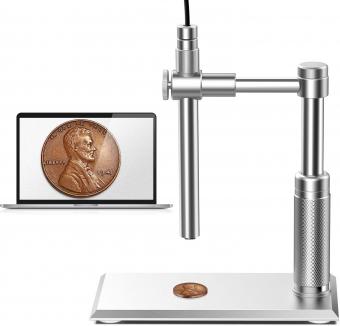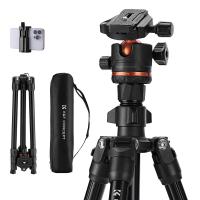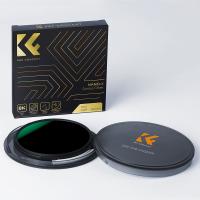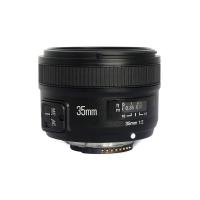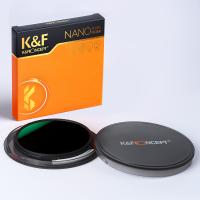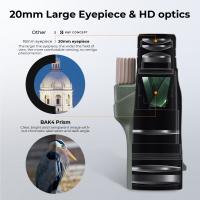Can You See Sperm In Microscope ?
Yes, sperm can be seen under a microscope. Sperm cells are very small, measuring only about 50 micrometers in length, and they are not visible to the naked eye. However, they can be observed under a microscope with magnification of at least 400x. Sperm cells are typically stained with a special dye to make them more visible and easier to distinguish from other cells. The process of observing sperm under a microscope is commonly used in fertility clinics to assess the quality and quantity of sperm in semen samples.
1、 Sperm morphology
Yes, sperm can be seen under a microscope. In fact, examining sperm morphology (the size, shape, and structure of sperm) is a common practice in fertility clinics and laboratories. Sperm samples are collected and prepared for examination under a microscope, where they can be magnified up to 400 times.
However, it is important to note that the ability to see sperm under a microscope does not necessarily indicate fertility. Abnormalities in sperm morphology can affect fertility, and even perfectly shaped sperm may not be able to fertilize an egg due to other factors such as low sperm count or poor motility.
Recent studies have also shown that the traditional criteria for evaluating sperm morphology may not be the most accurate predictor of fertility. Some experts suggest that a more comprehensive approach, including analysis of DNA fragmentation and other factors, may provide a more complete picture of male fertility.
Overall, while sperm can be seen under a microscope, it is just one aspect of evaluating male fertility. A thorough evaluation by a fertility specialist is recommended for couples struggling to conceive.
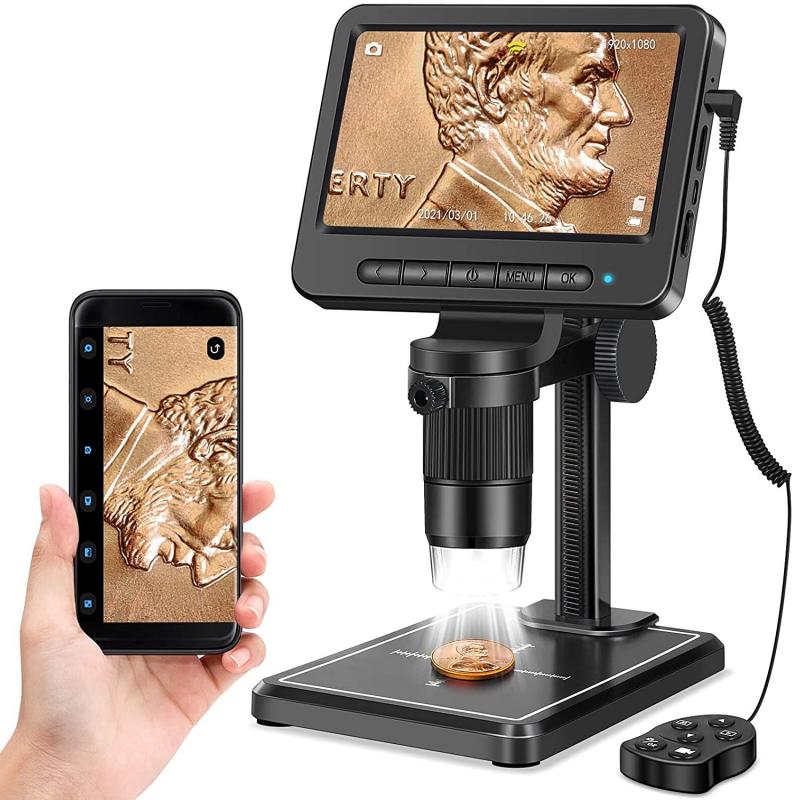
2、 Sperm motility
Yes, you can see sperm in a microscope. In fact, the use of a microscope is essential for the analysis of sperm motility, which is a critical factor in male fertility. Sperm motility refers to the ability of sperm to move and swim in a forward direction. The analysis of sperm motility involves the examination of a semen sample under a microscope to determine the percentage of motile sperm and the quality of their movement.
The latest point of view on sperm motility analysis is that it should be performed using computer-assisted sperm analysis (CASA) systems. These systems use advanced software to analyze sperm movement and provide more accurate and objective results than manual analysis. CASA systems can measure various parameters of sperm motility, such as velocity, linearity, and amplitude of lateral head displacement.
In addition to analyzing sperm motility, a microscope can also be used to visualize the morphology of sperm. Abnormalities in sperm morphology can also affect male fertility. The use of a microscope to analyze sperm morphology is known as sperm morphology assessment.
In conclusion, the use of a microscope is essential for the analysis of sperm motility and morphology, which are critical factors in male fertility. The latest point of view is that computer-assisted sperm analysis systems should be used for more accurate and objective results.

3、 Sperm count
Yes, you can see sperm in a microscope. In fact, a microscope is the primary tool used to analyze sperm count and quality. Sperm count refers to the number of sperm present in a semen sample. A normal sperm count ranges from 15 million to 200 million sperm per milliliter of semen. A microscope is used to count the number of sperm present in a semen sample.
The latest point of view on sperm count is that it is declining in many parts of the world. Studies have shown that sperm count has decreased by 50% in the last 40 years. This decline is attributed to various factors such as environmental pollution, lifestyle changes, and exposure to chemicals.
Apart from counting the number of sperm, a microscope is also used to analyze the quality of sperm. The quality of sperm is determined by its shape, size, and motility. Abnormalities in any of these factors can affect the ability of sperm to fertilize an egg.
In conclusion, a microscope is an essential tool in analyzing sperm count and quality. With the decline in sperm count observed in recent years, it is important to continue research to identify the causes and develop strategies to address the issue.

4、 Sperm viability
Yes, you can see sperm in a microscope. Sperm cells are microscopic and can only be seen under a microscope. The use of a microscope is essential in the evaluation of sperm viability, which is the ability of sperm cells to fertilize an egg successfully. Sperm viability is determined by assessing the motility, morphology, and concentration of sperm cells.
The latest point of view on sperm viability is that it is affected by various factors such as lifestyle, environmental factors, and genetics. Lifestyle factors such as smoking, alcohol consumption, and poor diet can affect sperm viability. Environmental factors such as exposure to toxins and pollutants can also affect sperm viability. Genetic factors such as chromosomal abnormalities can also affect sperm viability.
The use of advanced microscopy techniques such as high-speed imaging and computer-assisted sperm analysis (CASA) has improved the accuracy and reliability of sperm viability assessment. These techniques allow for the evaluation of sperm motility, morphology, and concentration in real-time, providing valuable information for fertility diagnosis and treatment.
In conclusion, the use of a microscope is essential in the evaluation of sperm viability. The latest point of view on sperm viability highlights the importance of lifestyle, environmental factors, and genetics in determining sperm viability. Advanced microscopy techniques have improved the accuracy and reliability of sperm viability assessment, providing valuable information for fertility diagnosis and treatment.
















